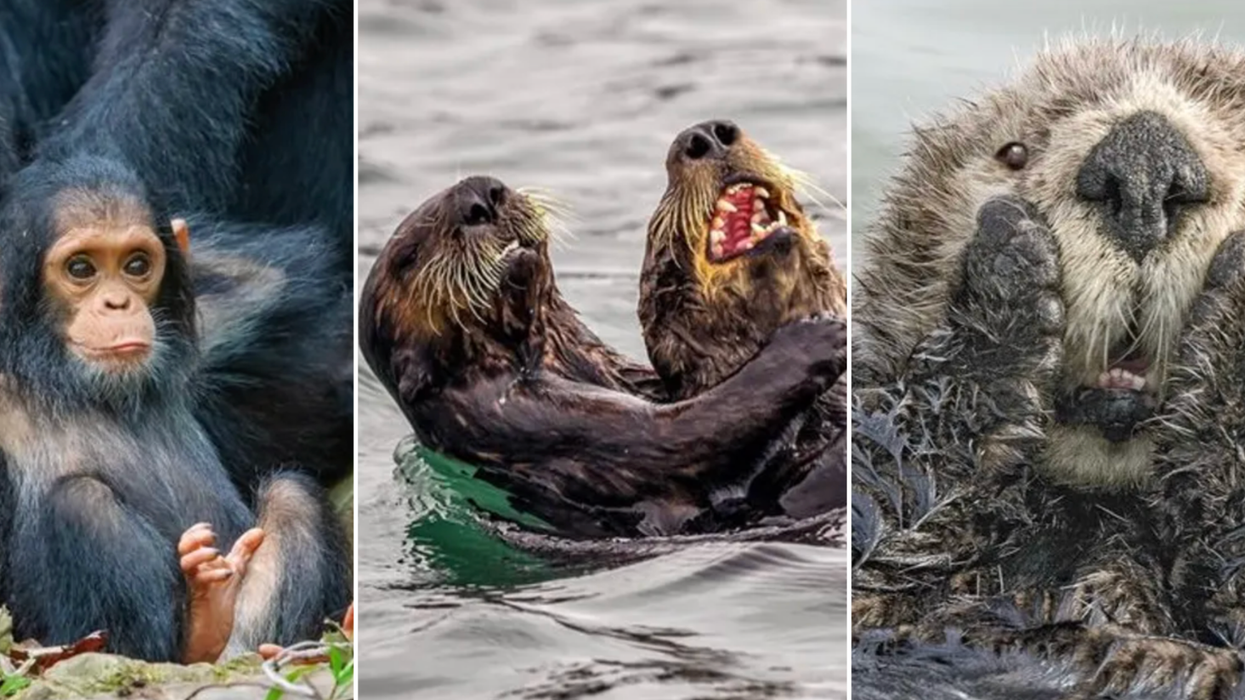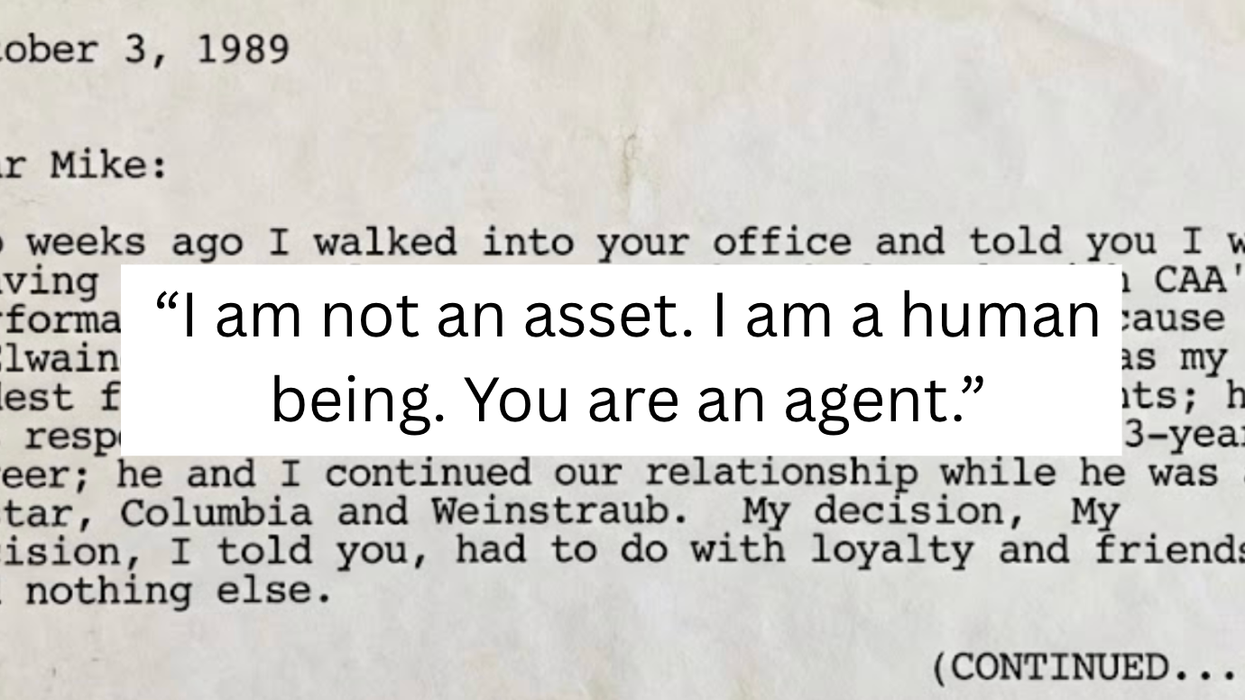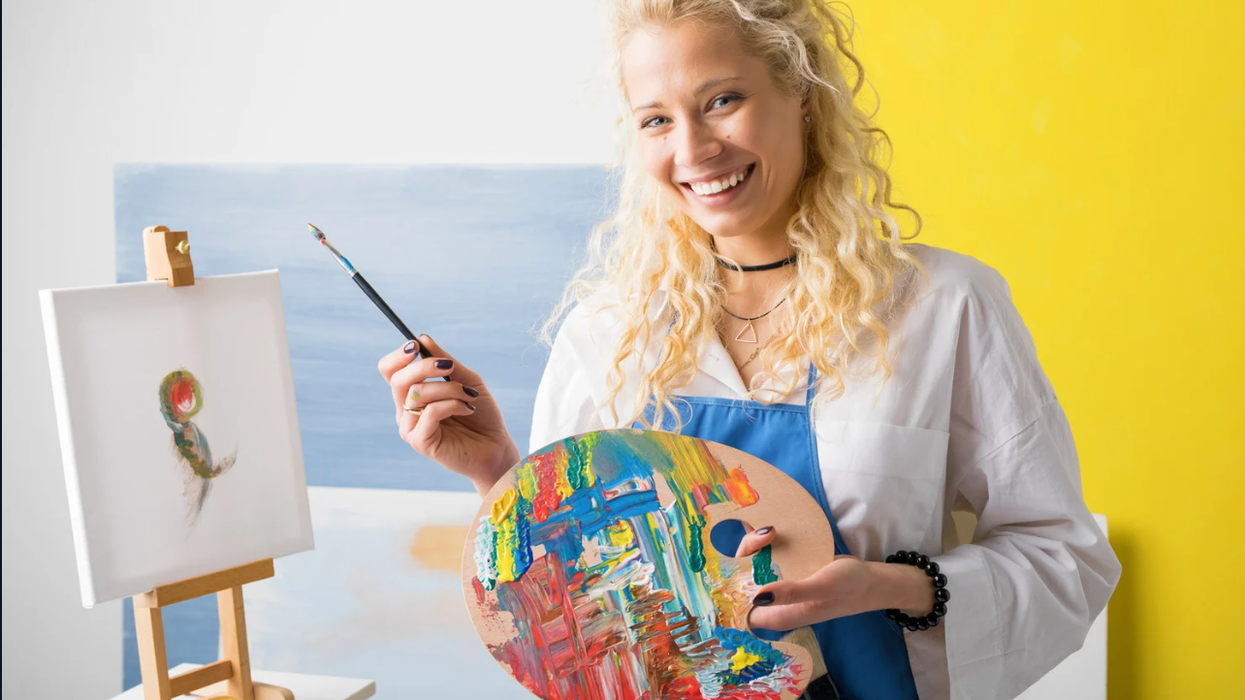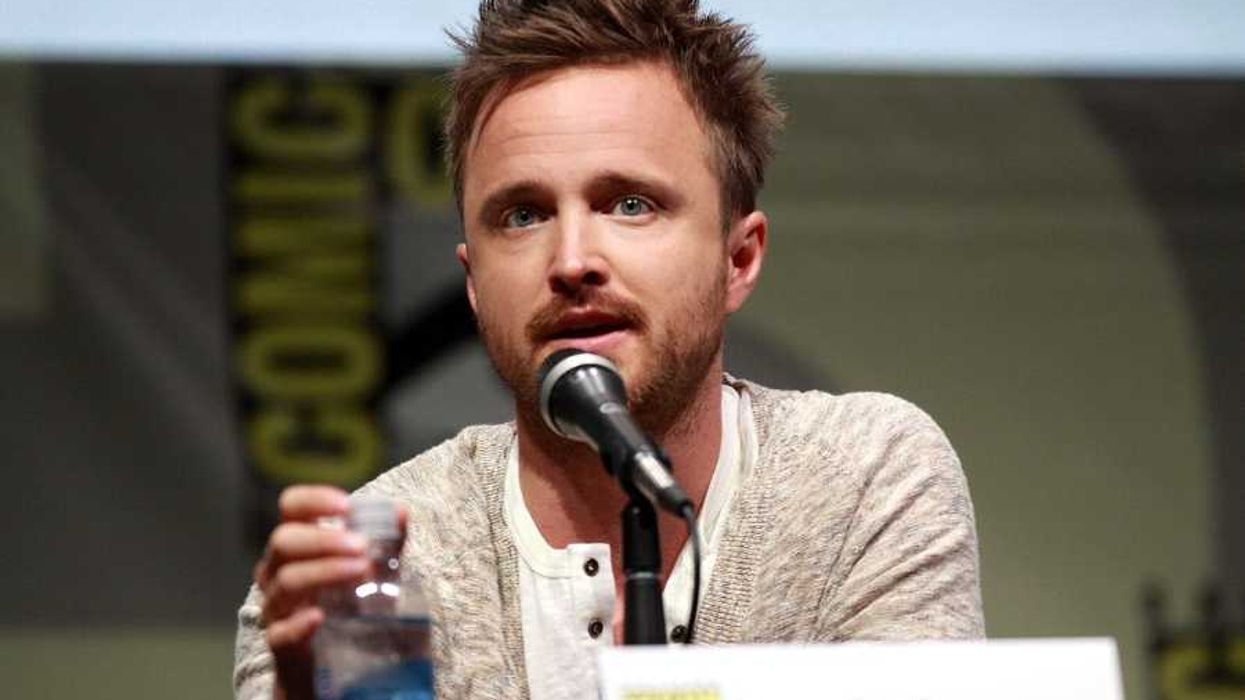Students throughout the United Kingdom, as part of a STEM (science,technology, engineering, and math) effort, have been given the opportunity to view and analyze data taken directly from the International Space Station in the hopes that they’re encouraged to continue work in the field following such an exciting opportunity.
But it turns out that NASA’s benefitting from the program as much as the kids are. A 17-year-old student, Miles Solomon, was one of several students at his school reviewing radiation levels aboard the space station when an anomaly came to his attention. When parsing through the the levels recorded through automation, Solomon saw energy readouts with negative values, something that should never happen.
“I noticed that where we should have had no energy, so there was no radiation for that four seconds (how often readings are taken). It was actually showing minus one,” he shared with the BBC. “And the first thing I thought there is, well you can’t have negative energy. And then we realized that this was an error.”
Confident enough in his cursory knowledge of physics at just 17, Solomon and his physics teacher, James O’Neill, shot an email over to NASA, letting them know something was awry in their data collection.
"It's pretty cool,” said Solomon. You can tell your friends, I just emailed NASA and they're looking at the graphs that I've made."
That is pretty cool, and NASA thought so too, because they actually recruited him to further analyze the data, revealing that the wonky readings were occurring several times per day—indicative of a systematic error, rather than a random one.
Solomon explained how things progressed from there in this video:
It’s unclear what the tenure of the teen’s partnership with NASA will be, but if he’s hopeful for a career practicing science in space, I would say this development gives him a leg up over other candidates when he’s ready to join the ranks in five years or so.
















 Otis knew before they did.
Otis knew before they did.